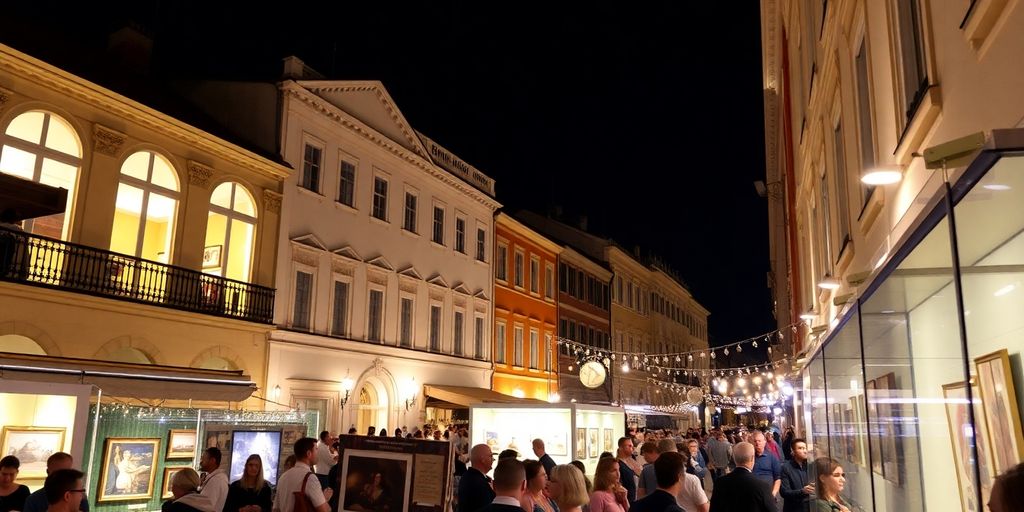Croatia is set to celebrate its 20th Museum Night on January 31, 2025, with free entry to over 270 cultural institutions across the country. This year’s theme, "Museums – Visible and Invisible," aims to highlight the behind-the-scenes efforts of museums and galleries. Concurrently, a growing movement against rising prices has led to widespread retailer boycotts, reflecting public discontent with the cost of living.
Key Takeaways
- Event Date: January 31, 2025
- Participating Locations: 277 museums and galleries in nearly 150 towns
- Theme: "Museums – Visible and Invisible"
- Activities: Over 1,000 events including exhibitions, workshops, and musical programs
- Public Transport: Free in Zagreb during the event
- Boycott Movement: Aimed at major retailers due to rising prices
Overview of Museum Night
The Croatian Museum Association (HMD) is organizing the 20th Museum Night, which will feature a variety of activities designed to engage the public. Visitors can enjoy free access to museums, galleries, and heritage institutions, with events ranging from exhibitions to musical performances. The event aims to enhance the visibility of cultural institutions and their contributions to society.
The official opening will take place at the Hall of Fame of Split Sport in Split, with Zagreb hosting activities at 35 locations. Museums will remain open from 6 PM to 11 PM, with some extending their hours until 1 AM. This initiative has seen significant participation over the years, with 4.2 million visitors since its inception in 2005.
The Retail Boycott Movement
In a parallel development, Croatians are expressing their frustration over soaring prices through a boycott of major retailers. This movement began as a one-day protest but has escalated into a week-long boycott targeting chains like Eurospin, Lidl, and DM. The call for action was initiated by consumer advocacy groups, highlighting the disparity in prices between Croatia and other EU countries.
- Reasons for the Boycott:
- Average food prices have increased by over 30% in three years.
- Basic items like eggs and bread have seen price hikes of nearly 60% and 50%, respectively.
- Consumers are frustrated with the high cost of living, especially after adopting the euro as currency.
Economic Context
The economic landscape in Croatia has contributed to the rising prices. Factors such as declining agricultural production, reliance on imports, and a high value-added tax of 25% have exacerbated the situation. While retailers are often blamed for price increases, economists argue that the root causes lie deeper within the economy.
Consumer groups have pointed out significant price discrepancies for everyday products compared to other countries. For instance, a popular shampoo brand costs 3.35 euros in Croatia, which is 130% more than its price in Germany. This has led many consumers to seek cheaper alternatives across borders in Slovenia and Italy.
Conclusion
As Croatia prepares for its 20th Museum Night, the cultural celebration is juxtaposed with a growing movement against rising living costs. The dual events highlight the importance of cultural engagement while also addressing pressing economic concerns. The outcome of the boycott may influence future pricing strategies among retailers and prompt government action to stabilize the economy.






